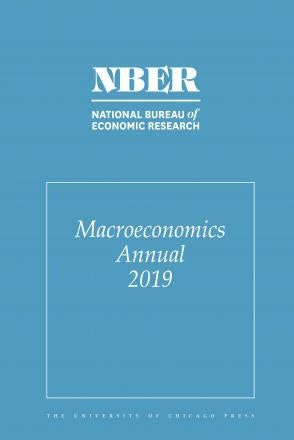The Lost Ones: The Opportunities and Outcomes of White, Non-College-Educated Americans Born in the 1960s

You may be able to download this chapter for free via the Document Object Identifier.
White, non-college-educated Americans born in the 1960s face shorter life expectancies, higher medical expenses, and lower wages per unit of human capital compared with those born in the 1940s, and men's wages declined more than women's. After documenting these changes, we use a life-cycle model of couples and singles to evaluate their effects. The drop in wages depressed the labor supply of men and increased that of women, especially in married couples. Their shorter life expectancy reduced their retirement savings, but the increase in out-of-pocket medical expenses increased them by more. Welfare losses, measured as a onetime asset compensation, are 12.5 percent, 8 percent, and 7.2 percent of the present discounted value of earnings for single men, couples, and single women, respectively. Lower wages explain 47 percent to 58 percent of these losses, shorter life expectancies 25 percent to 34 percent, and higher medical expenses account for the rest.


